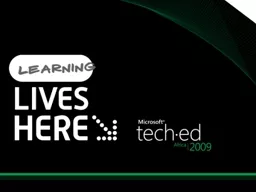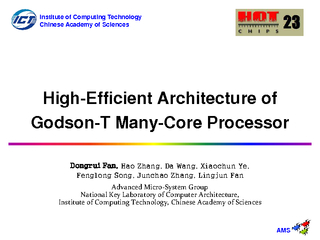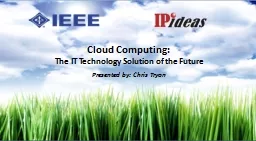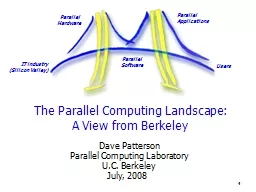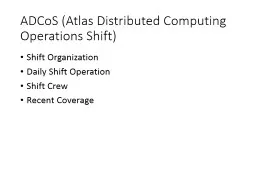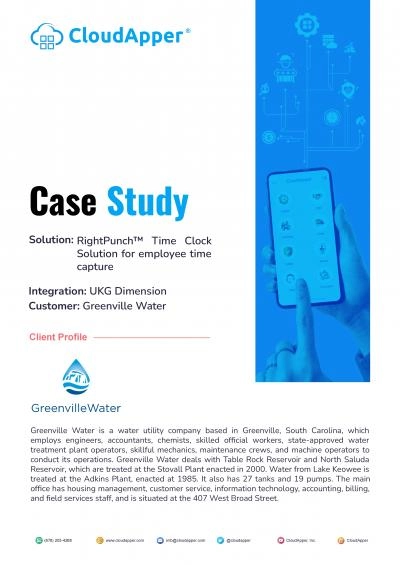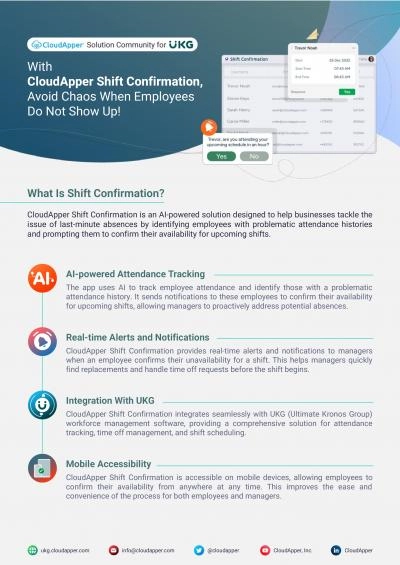PPT-The Manycore Shift: Making Parallel Computing Mainstream
Author : marina-yarberry | Published Date : 2019-06-23
Bart JF De Smet bartdemicrosoftcom http blogsbartdesmetnetbart Software Development Engineer Microsoft Corporation Session Code DTL206 Wishful thinking Agenda The
Presentation Embed Code
Download Presentation
Download Presentation The PPT/PDF document "The Manycore Shift: Making Parallel Co..." is the property of its rightful owner. Permission is granted to download and print the materials on this website for personal, non-commercial use only, and to display it on your personal computer provided you do not modify the materials and that you retain all copyright notices contained in the materials. By downloading content from our website, you accept the terms of this agreement.
The Manycore Shift: Making Parallel Computing Mainstream: Transcript
Download Rules Of Document
"The Manycore Shift: Making Parallel Computing Mainstream"The content belongs to its owner. You may download and print it for personal use, without modification, and keep all copyright notices. By downloading, you agree to these terms.
Related Documents

